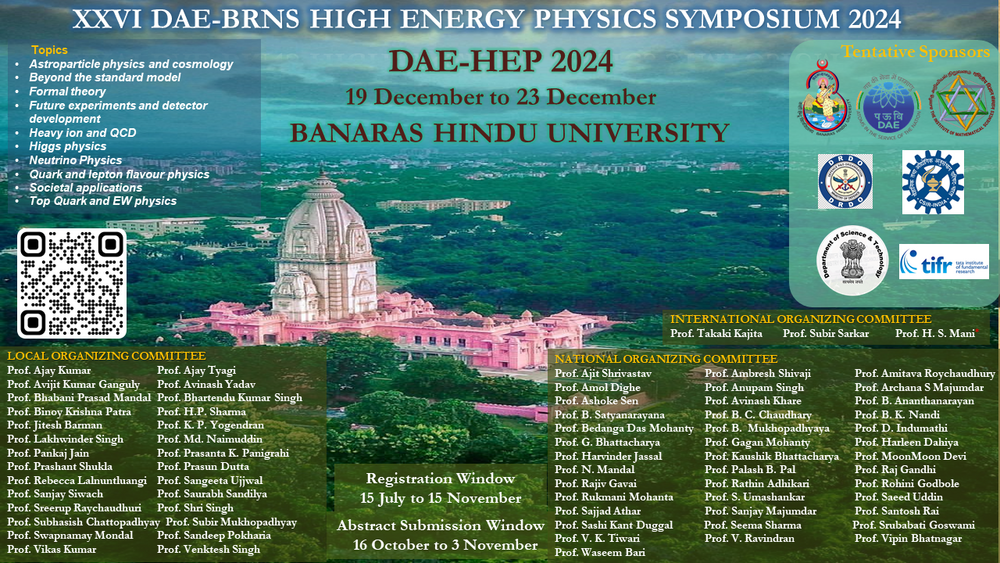Speaker
Description
The GRAPES-3 (Gamma Ray Astronomy at PeV EnergieS phase-3) is a globally recognised experiment that detects cosmic rays over 10 TeV to 10 PeV. It has an unprecedented core-reconstruction resolution of approximately 0.5 meter at 1 PeV. We are planning for a radio-extension to the GRAPES-3 experiment which would demonstrate the state-of-the-art of radio-detection (RD) of cosmic rays in India. We are designing an array of 60-70 antennas which has been envisaged to function along with the array of particle detectors (PDs), to detect cosmic rays over the PeV energy range. With the beamforming (BF) approach, the RD-threshold may be brought down to few tens of PeV. Therefore, the successful implementation would demonstrate the state-of-the-art of near-field beamforming approach in the radio-detection of cosmic rays. We have used a sophisticated BF-framework and developed tools to optimize the design of our radio-array. A hierarchical array-geometry has elucidated discernibly interesting results compared to a variety of other array-geometries investigated so far. In simulations, we have been able to demonstrate the BF-detection of 10 PeV air-shower events, at 4σ detection threshold. The advent of the radio-detection facility at the GRAPES-3, would likely to enhance its overall detection threshold and facilitate observation of higher energetic particles.
| Field of contribution | Experiment |
|---|

